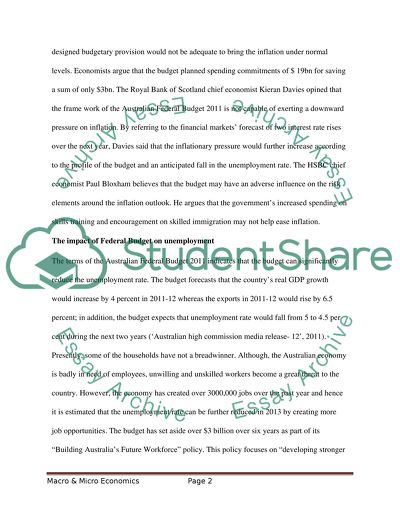Cite this document
(“Features Of Australian Federal Budget 2011 Essay”, n.d.)
Retrieved de https://studentshare.org/macro-microeconomics/1391153-case-study
Retrieved de https://studentshare.org/macro-microeconomics/1391153-case-study
(Features Of Australian Federal Budget 2011 Essay)
https://studentshare.org/macro-microeconomics/1391153-case-study.
https://studentshare.org/macro-microeconomics/1391153-case-study.
“Features Of Australian Federal Budget 2011 Essay”, n.d. https://studentshare.org/macro-microeconomics/1391153-case-study.


